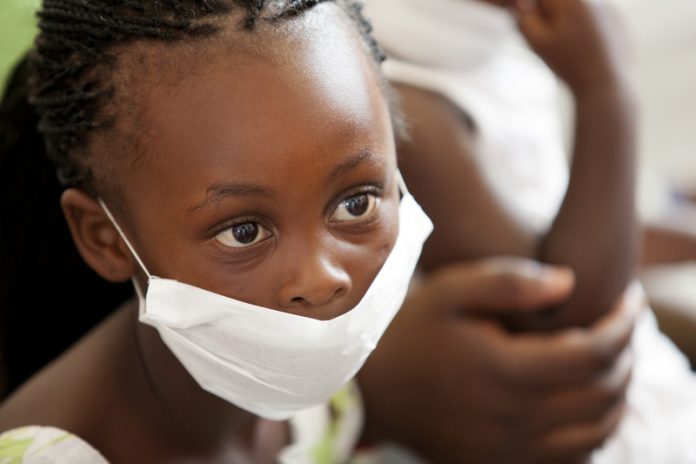While Africa has made progress in tackling tuberculosis (TB), it still has one of the highest TB rates in the world and remains a priority
In a previous edition of Open Access Government, Dr Wilfred Alexander Chalamira Nkhoma from the World Health Organization (WHO) Office for the Africa Region detailed the priorities for tackling infectious diseases in Africa, including tuberculosis (TB). Here, we discover that while the region of Africa has made progress in reducing the burden of communicable diseases slowly but steadily, it is still one of the places in the world with the highest TB rates.
By way of background, we know that TB is spread from person to person when germs are propelled into the air, for example, through coughing, sneezing or spitting. Only a few germs need to be inhaled before a person becomes infected.
“About one-third of the world’s population has latent TB, which means people have been infected by TB bacteria but are not (yet) ill with the disease and cannot transmit the disease.
“People infected with TB bacteria have a 10% lifetime risk of falling ill with TB. However, persons with compromised immune systems, such as people living with HIV, malnutrition or diabetes, or people who use tobacco, have a much higher risk of falling ill.
“When a person develops active TB disease, the symptoms (such as cough, fever, night sweats, or weight loss) may be mild for many months. This can lead to delays in seeking care, and results in transmission of the bacteria to others. People with active TB can infect 10–15 other people through close contact over the course of a year. Without proper treatment, 45% of HIV-negative people with TB on average and nearly all HIV-positive people with TB will die.”
According to WHO, TB is a curable and treatable disease. We know that TB can be treated with a standard six-month course of four antimicrobial drugs that are provided with information, supervision and support to a patient by a trained volunteer or health worker. Such support is essential to stop the disease spreading but the good news is that most cases of TB are curable when medicines are supplied and taken in the correct manner. WHO believes that an estimated 49 million lives were saved through TB treatment and diagnosis between 2000 and 2015.
In closing, we know that the WHO response includes their “End TB Strategy” which is a blueprint for countries to end the TB epidemic by lowering TB deaths, incidence, as well as eliminating catastrophic costs. The intention here is in terms of global impact, to reduce TB deaths by 90% and to cut new cases by 80% from 2015 to 2030. In addition, we know that ending the TB epidemic by 2030 is among the targets of the Sustainable Development Goals of the United Nations. Having said this, WHO has ambitiously gone the extra mile by introducing a 2035 target of a 95% reduction in deaths and a 90% decline in the incidence of TB.
Open Access Government











